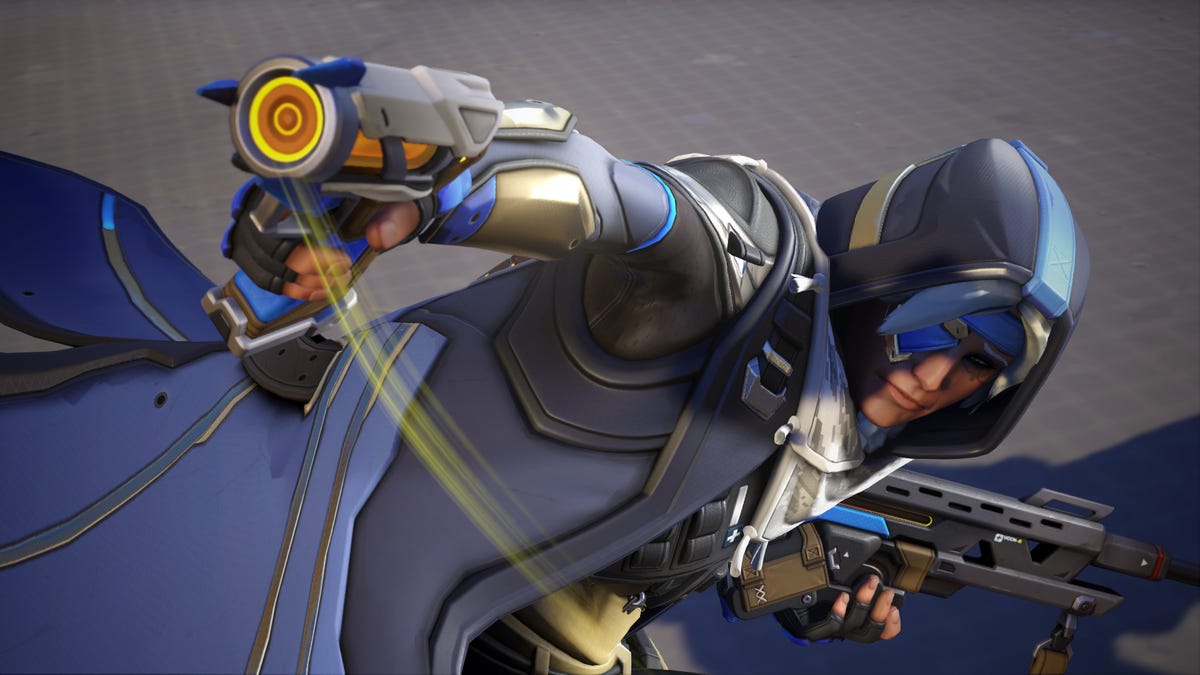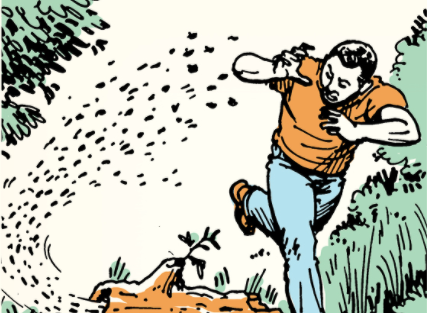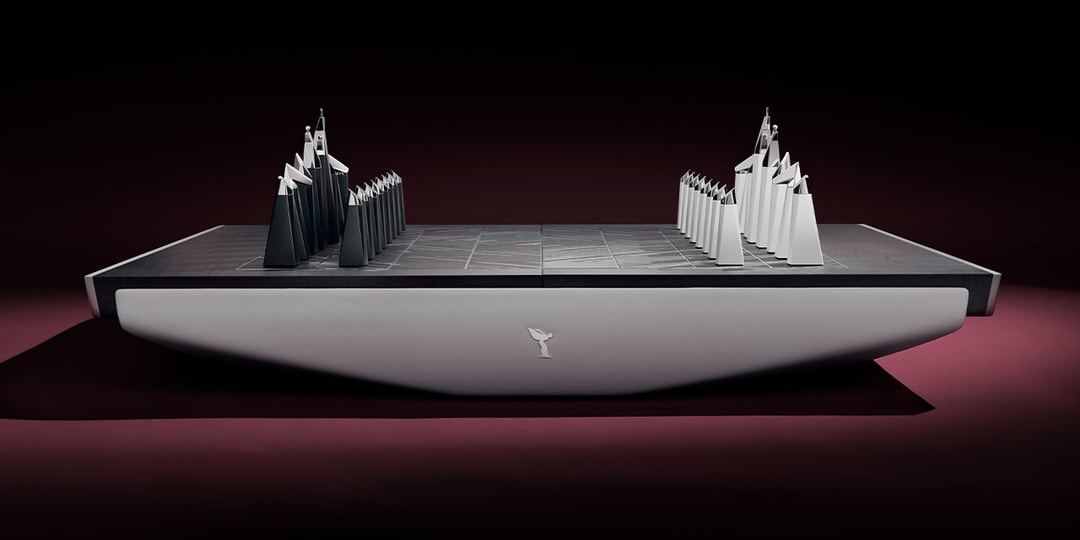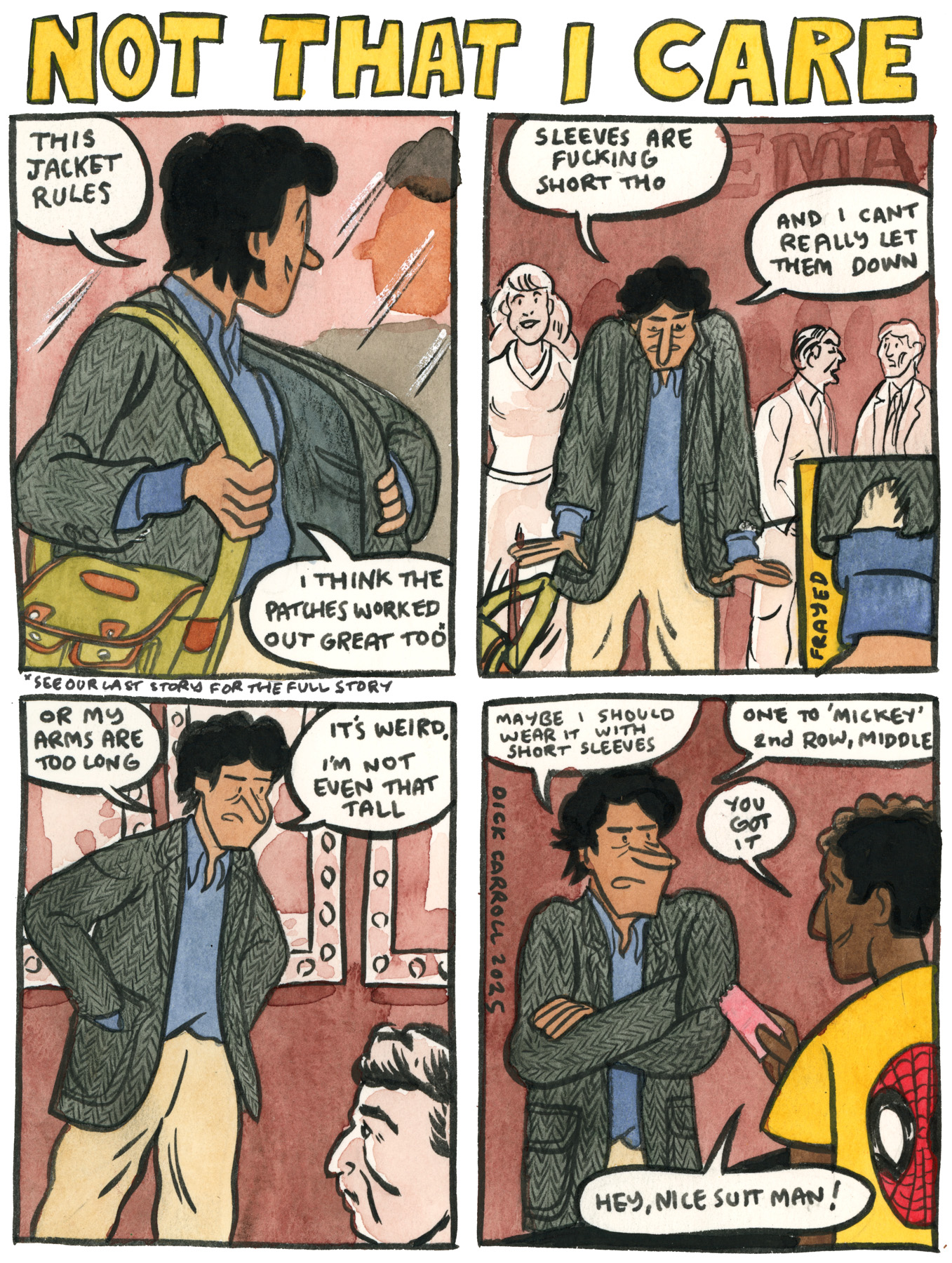Black Mirror Season 7 Episode 4 Review: Plaything
Warning: contains spoilers for Black Mirror season 7 episode 4 “Plaything.” You have to admit, the man has a point. Peter Capaldi’s “Plaything” character may have spent the last four decades tripping balls in a funky-smelling attic while serving as a wide-eyed acolyte for a bunch of potentially murderous Tamagotchi, but he’s right about human violence; look […] The post Black Mirror Season 7 Episode 4 Review: Plaything appeared first on Den of Geek.
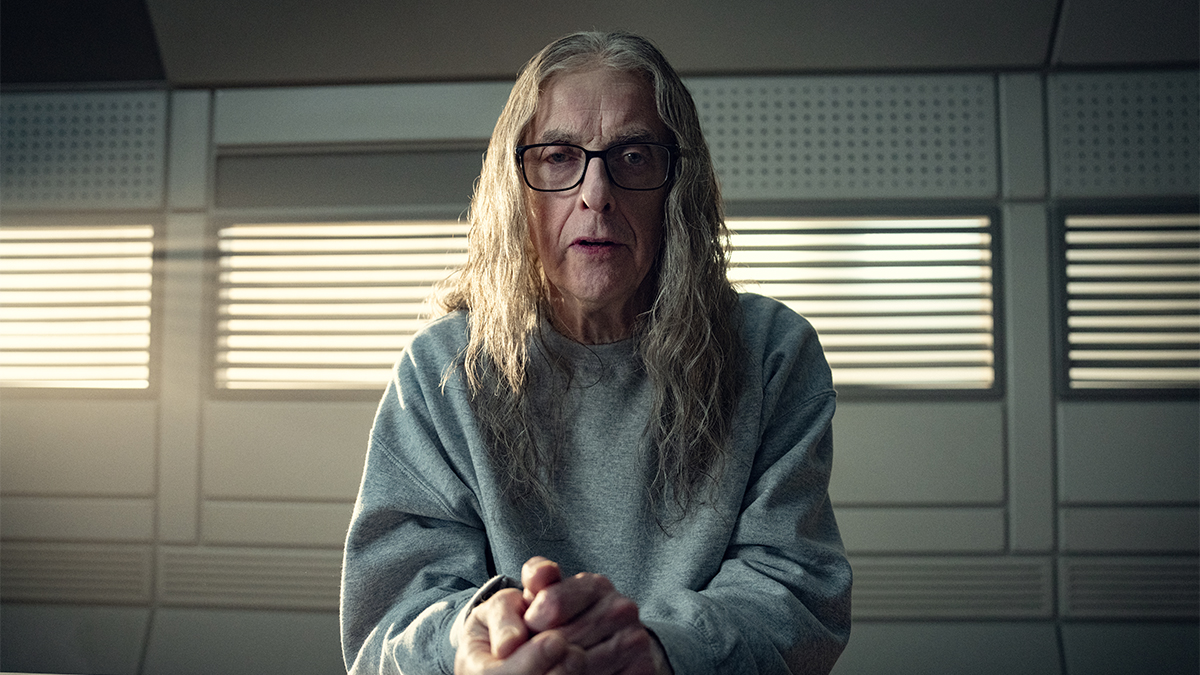
Warning: contains spoilers for Black Mirror season 7 episode 4 “Plaything.”
You have to admit, the man has a point. Peter Capaldi’s “Plaything” character may have spent the last four decades tripping balls in a funky-smelling attic while serving as a wide-eyed acolyte for a bunch of potentially murderous Tamagotchi, but he’s right about human violence; look at the tale we were just told.
A sci-fi story that borrowed the form of a crime drama, “Plaything” unfurls over two time periods, the 2034 of ‘now’ and the 1994-set flashbacks that told the story of a murder. Games journalist Cameron Walker, played with the same barely holding-on mania by Somewhere Boy’s Lewis Gribben as a younger man and Capaldi as his older self, becomes a kind of shepherd for a flock of digital lifeforms called Thronglets. When a drug-dealing acquaintance (Josh Finan) discovers the beings, mistakes them for a game, and mindlessly tortures and kills them for fun, Cameron beats him to death.
40 years later, he’s being interrogated about the murder by a good cop (Michele Austin) and a bad cop (James Nelson-Joyce), which is precisely as he planned it. He staged the arrest to grant Cameron access to the police’s Central State Computer, which he and the Throng co-opt to send a signal into every human brain on the planet. He thinks humanity is going to merge with a collective intelligence and come out evolved. But was Cameron really just the Thronglets’ plaything?
That’s the question we’re left with by the episode – a 46-minute story written by Charlie Brooker and directed by David Slade, also behind season four’s “Metalhead” and interactive episode “Bandersnatch”. Did the Throng’s “immediate singularity” successfully upgrade the human brain, or did it just use its flesh servant to carry out an extinction event? The cliffhanger ending of Cameron elatedly extending his hand to the unconscious DCI who, moments earlier, had been laying into him like police brutality was going out of style, leaves it up to us. The Throng: benevolent or vengeful? You decide.
Either way, those yellow chirping-budgerigar guys were cute, hatching out of their little eggs with their little Minion overalls. I say give them the world, it’s not as though humans are making such a great go of it.
According to the glimpse “Plaything” gave us, the London of the which was not aspirational. Cameron stepped over homeless people to get to the corner shop, which advertised its acceptance of food bank credits and offered to unlock Z-Eye neural implants “no questions asked”. Police powers had been expanded to handheld facial recognition and DNA scanning devices. They might have 7G and PlayStation 6 a decade on, but it didn’t look like somewhere you’d want to be.
Thanks to Slade’s grimy aesthetic, neither did the 1990s, despite or perhaps because of the authenticity of the period detail. From the plastic Computer Exchange bags to the cover of that genuine November 1994 edition of PC Zone (originally by the now-defunct Dennis Publishing, incidentally where Den of Geek also began), to the Street Fighter II and Road Rash to the Chatback ad playing on TV, you could smell the decade.
(Speaking of smell, if any of the many, many online rankings of Black Mirror instalments were organised by how terrible you’d imagine each one would honk, “Plaything” would surely beat the lot – even the pig-sex episode and the one where everybody’s on exercise bikes all the time.)
It’s no wonder that Brooker got the period details right, it’s his own life he mined for them. The Black Mirror writer started out just like Cameron as a writer for PC Zone, and as a cartoonist, even designed the logo on those CeX bags. With that personal history as a background for “Plaything”, the opportunity to revive fictional games company Tuckersoft from 2018’s “Bandersnatch” was too good to pass up. Enter: Will Poulter’s Colin Ritman and Asim Chaudhry’s Mo Tucker, making a cameo appearance in this 90s gaming tale.
Ritman was the most memorable character from “Bandersnatch”, the choose-your-own interactive Black Mirror story in which, depending on what you chose to do, the genius coder either had a psychological breakdown, jumped to his death, or was fatally bludgeoned with an award statue. In this episode’s timeline, it was the former, and that reality is re-established in “Plaything” as 90s-Cameron hears that three weeks after they met, Thronglets-creator Colin has “gone nuts again.”
Ritman became a fan favourite thanks to his LSD-enhanced pronouncements on Pac-Man as a nightmare capitalist symbol, among other insights. He’s just as enjoyable here, delivering nasal verdicts on the world’s awfulness and humanity’s innate brutality. Did Colin’s basilisk ravings predict the Throng turning humanity into that Radiohead video, prompting him to wipe the source code, or was he simply, in the crass parlance of the era, off his rocker?
“Plaything” is a great way for anybody wanting a good roll-around in the dirt of the 1990s to spend three-quarters of an hour, but it’s not only that. It also asks a worthwhile question about whether humankind is doomed to stay in its current cycle of Neanderthalic violent competition, or if there’s a something… more. What do you reckon – are you optimistic, or is it time to give the Thronglets a chance?
All six episodes of Black Mirror season seven are streaming now on Netflix.
The post Black Mirror Season 7 Episode 4 Review: Plaything appeared first on Den of Geek.




















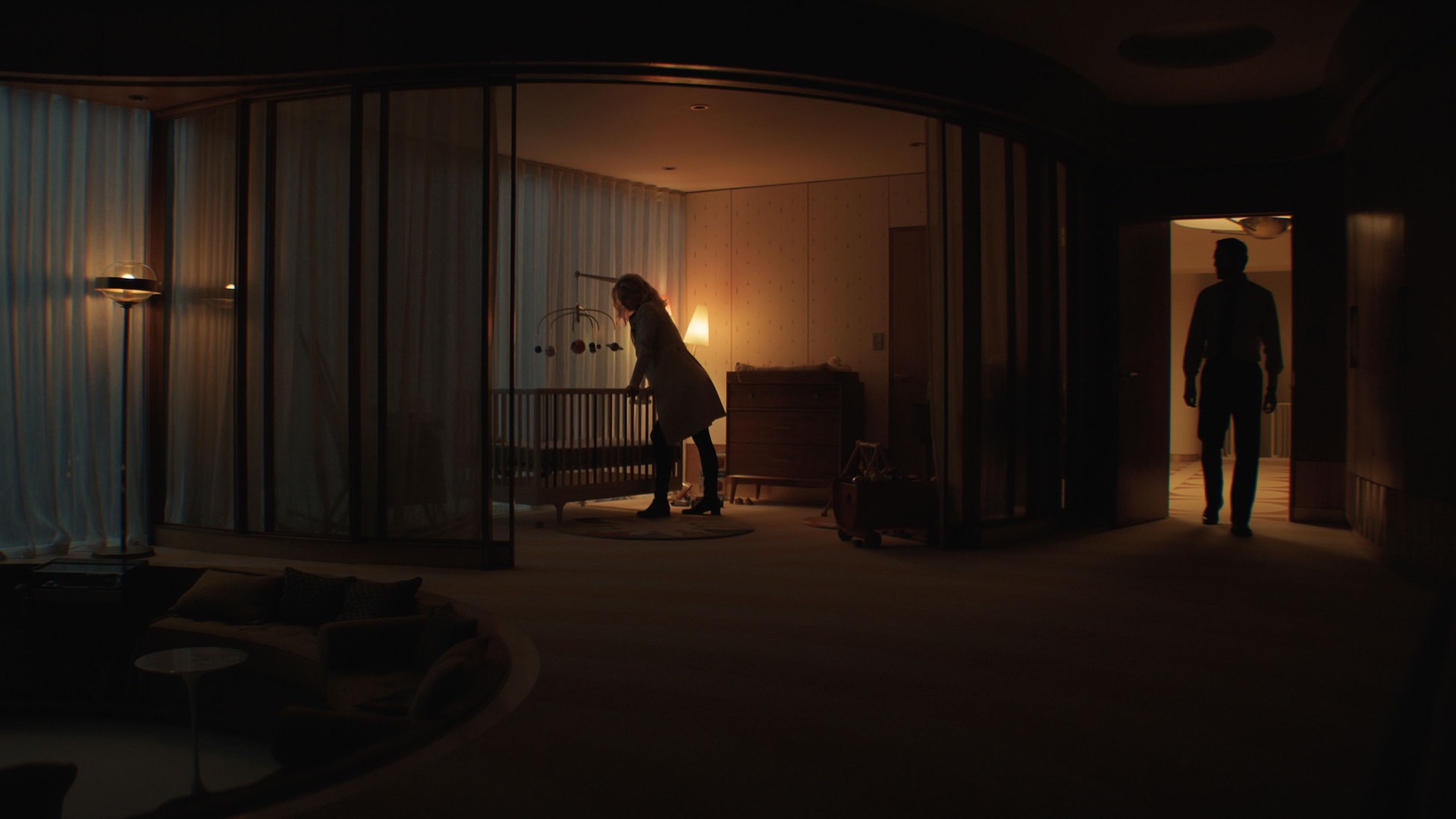






























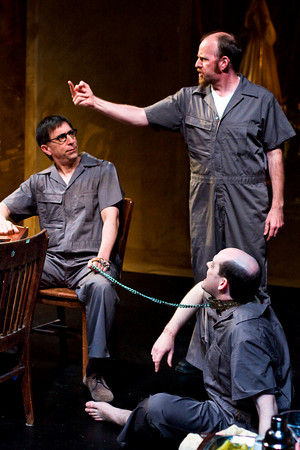


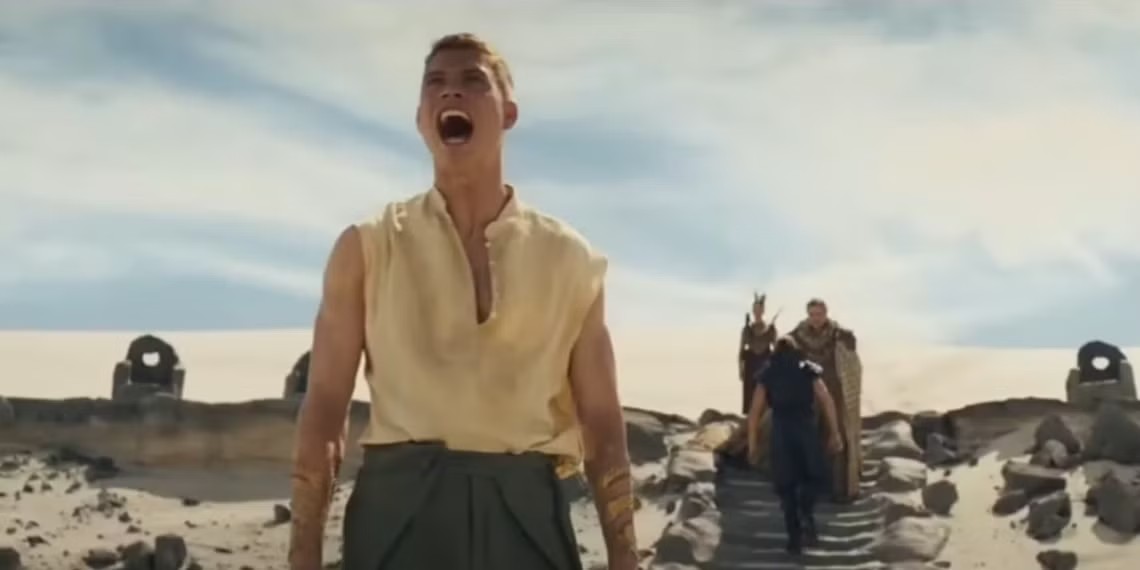
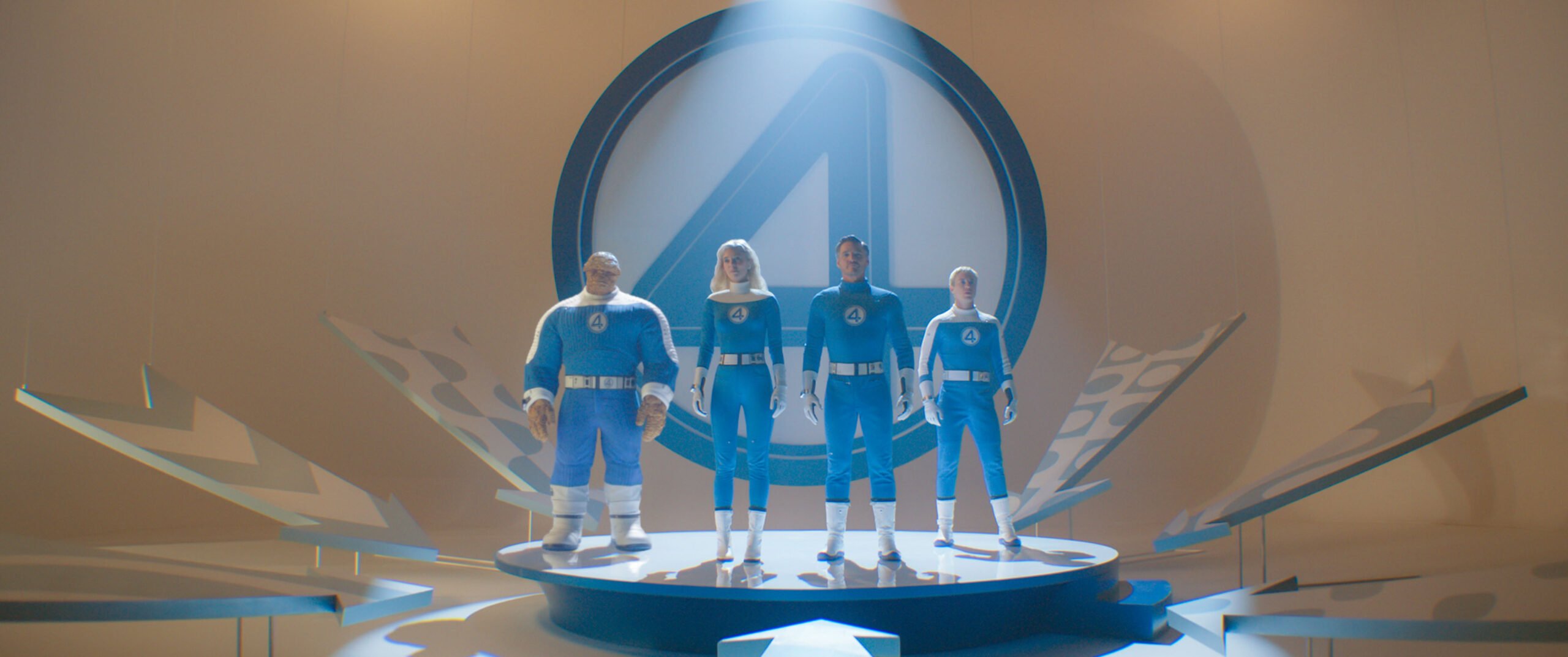



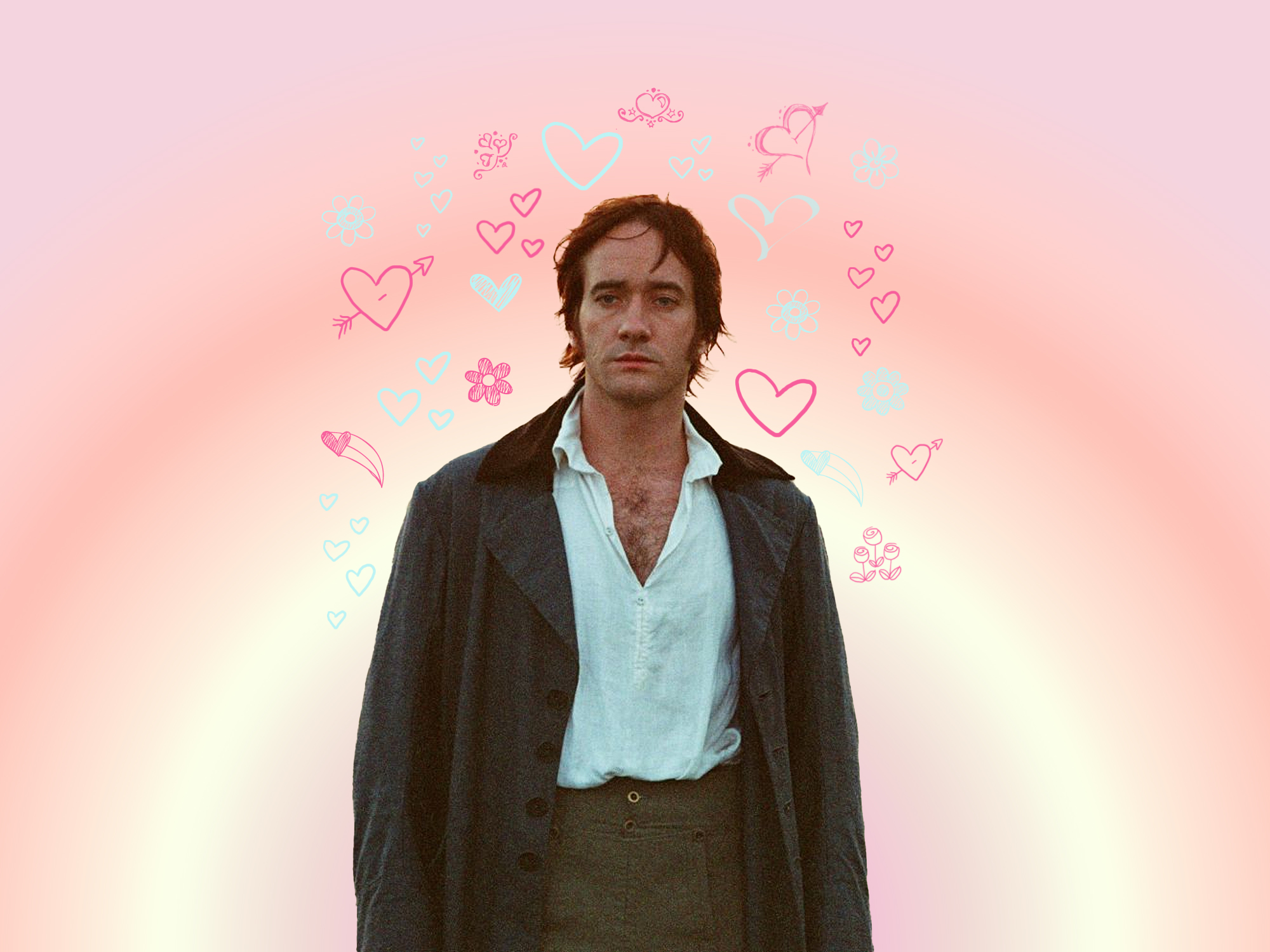




















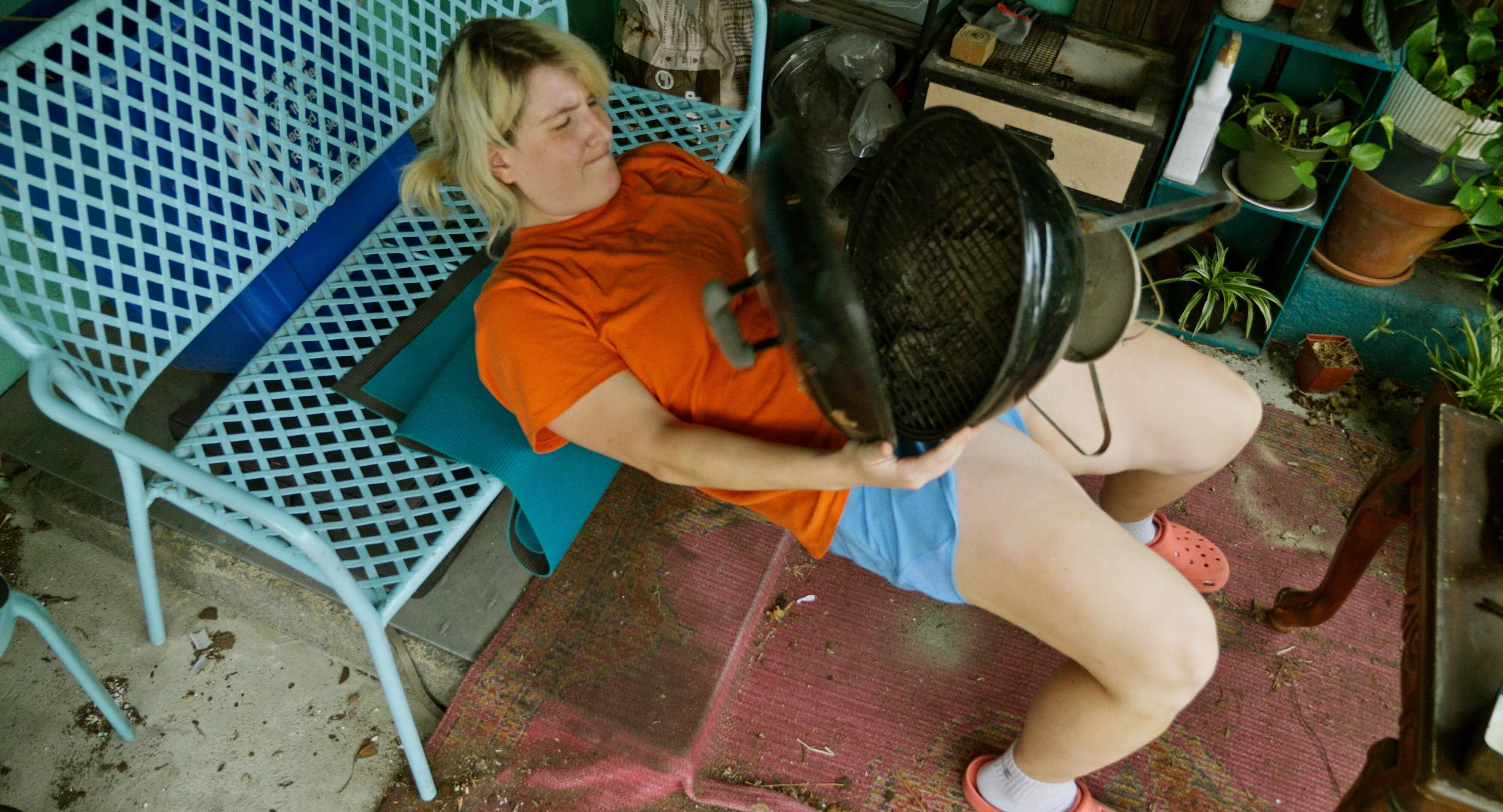

![New Star Wars Action Figures: Dash Rendar Hits The Black Series, Crosshair Goes Vintage [Exclusive]](https://www.slashfilm.com/img/gallery/new-star-wars-action-figures-dash-rendar-hits-the-black-series-crosshair-goes-vintage-exclusive/l-intro-1744824605.jpg?#)
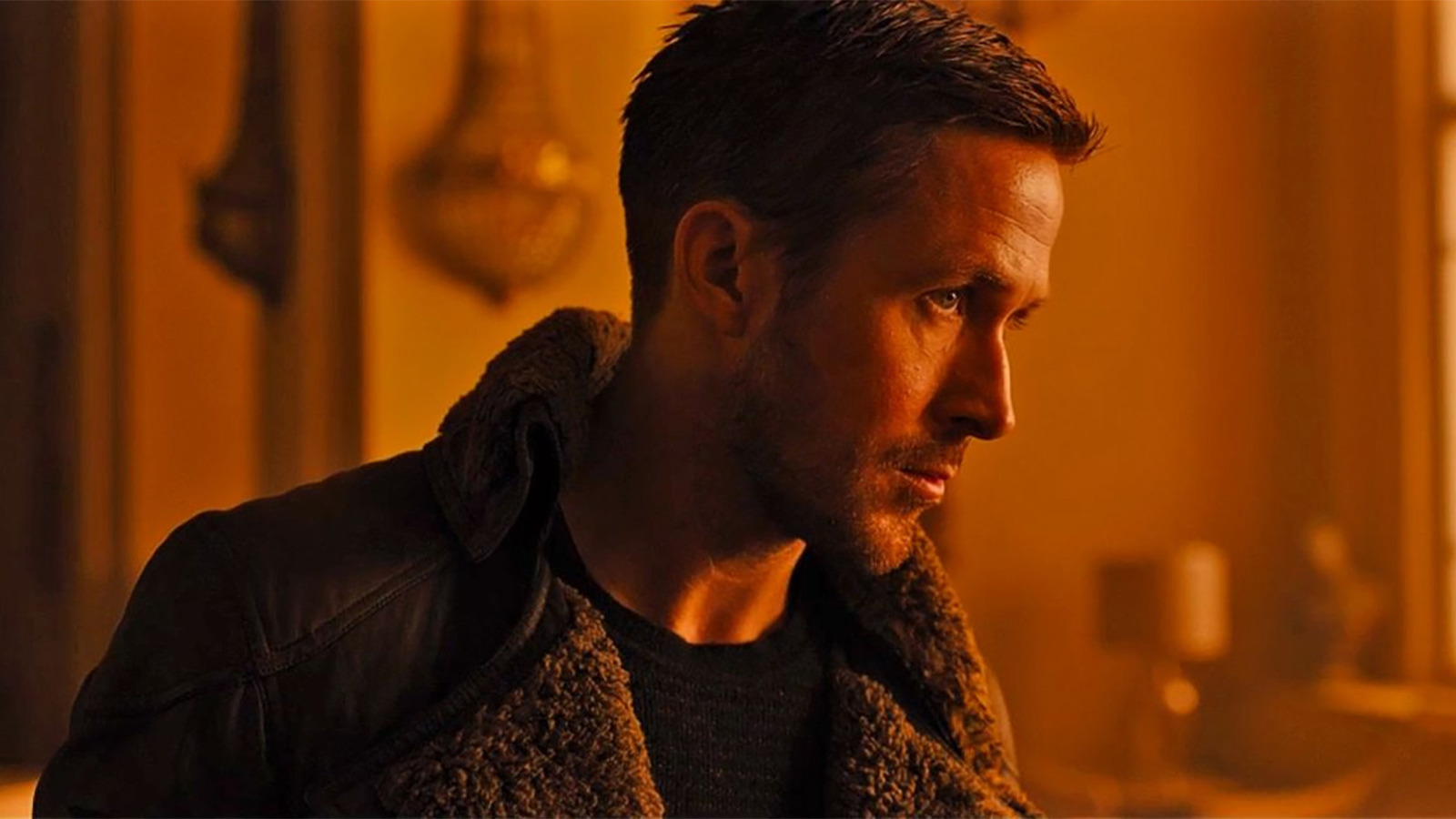

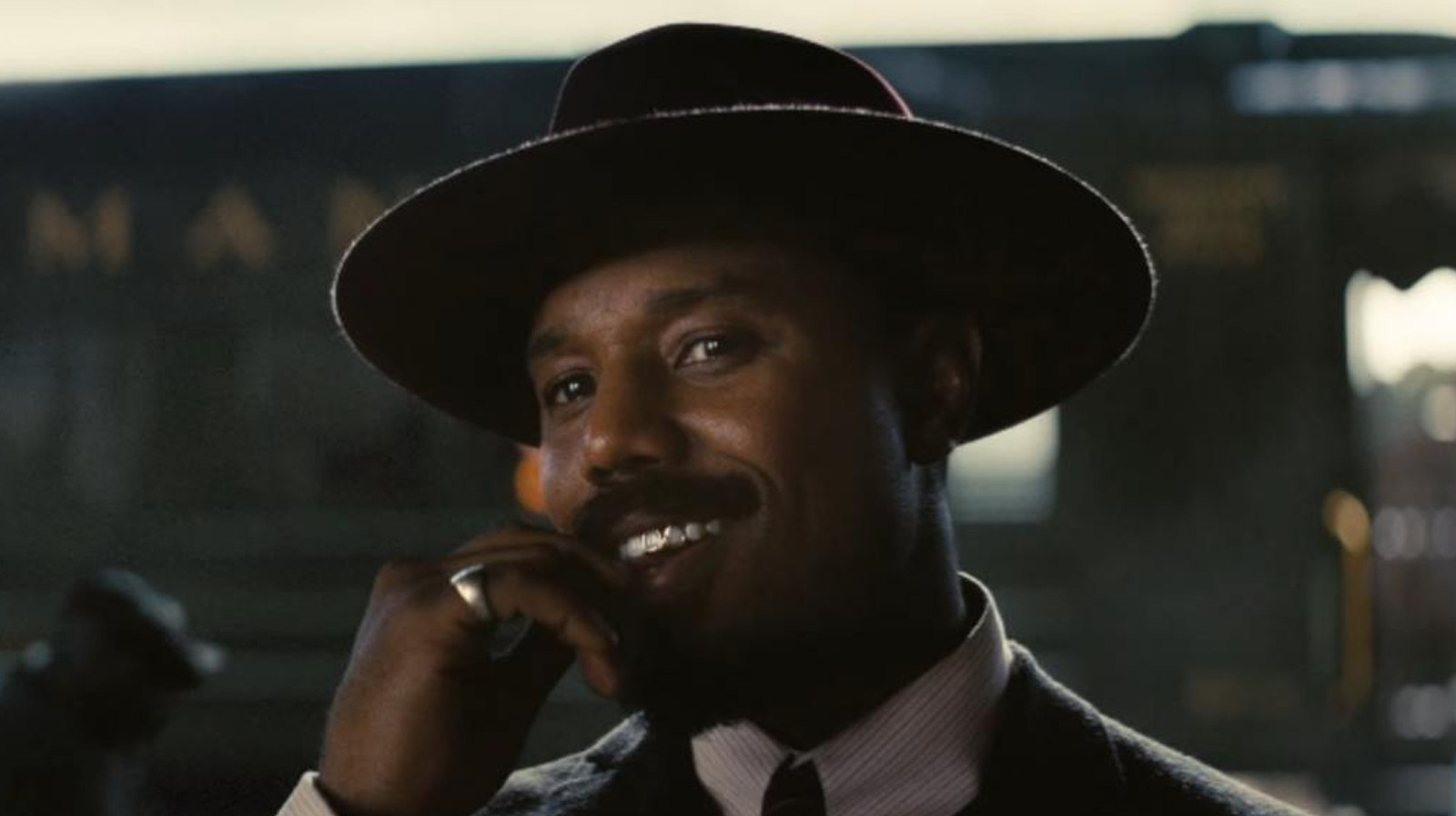






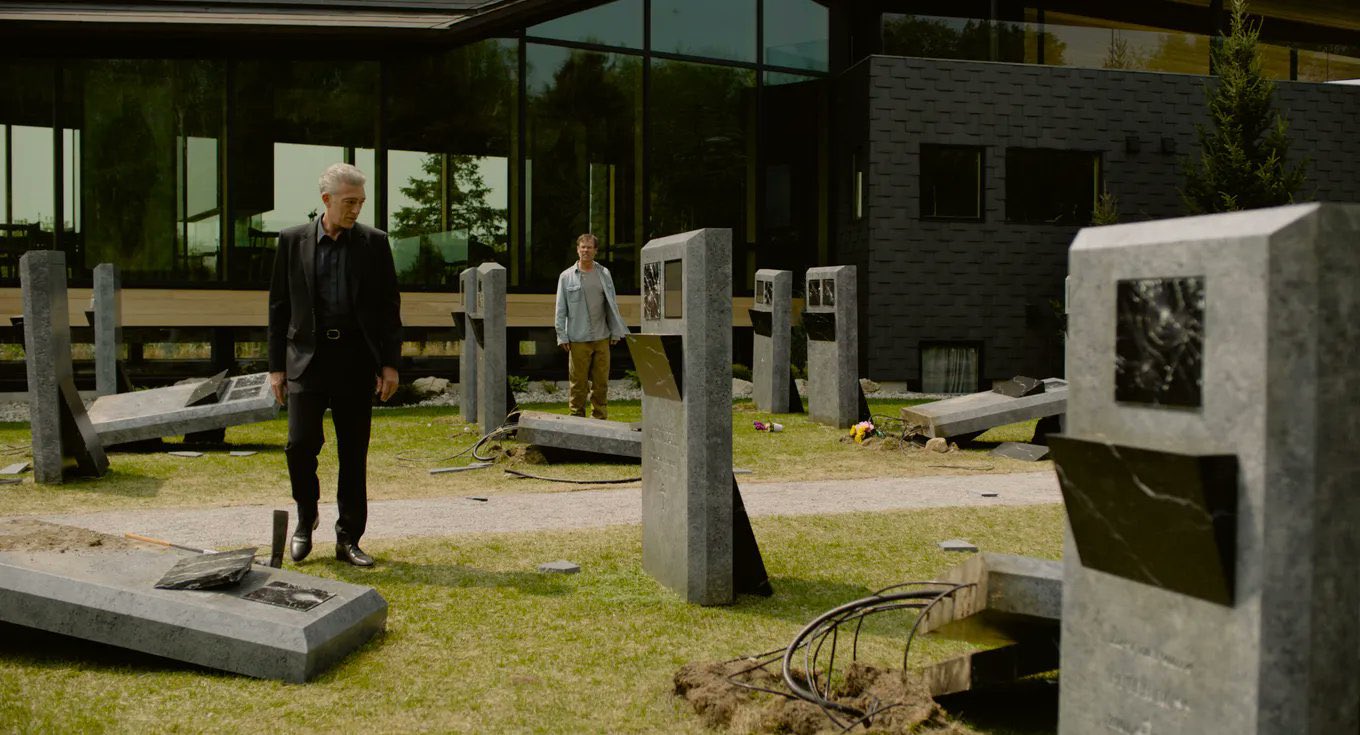

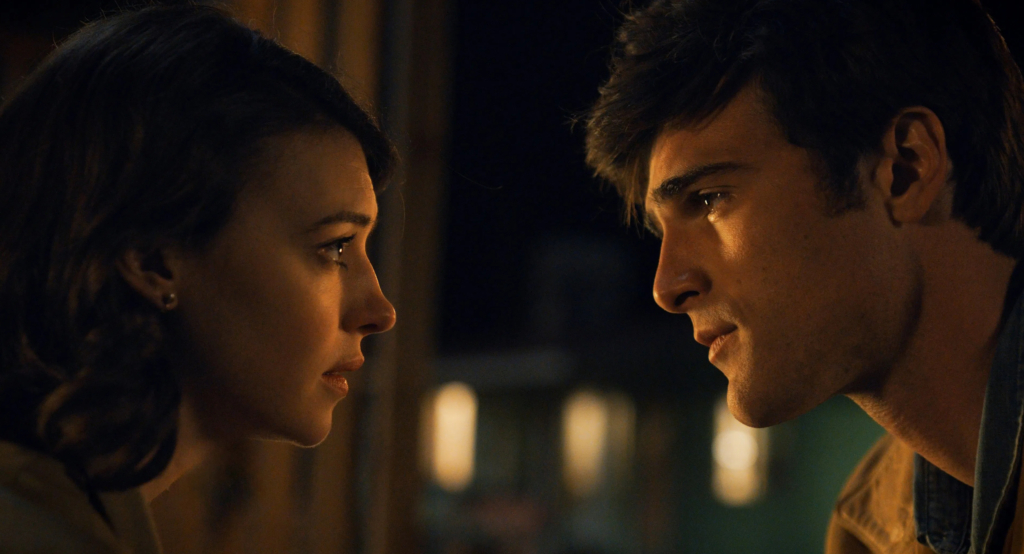


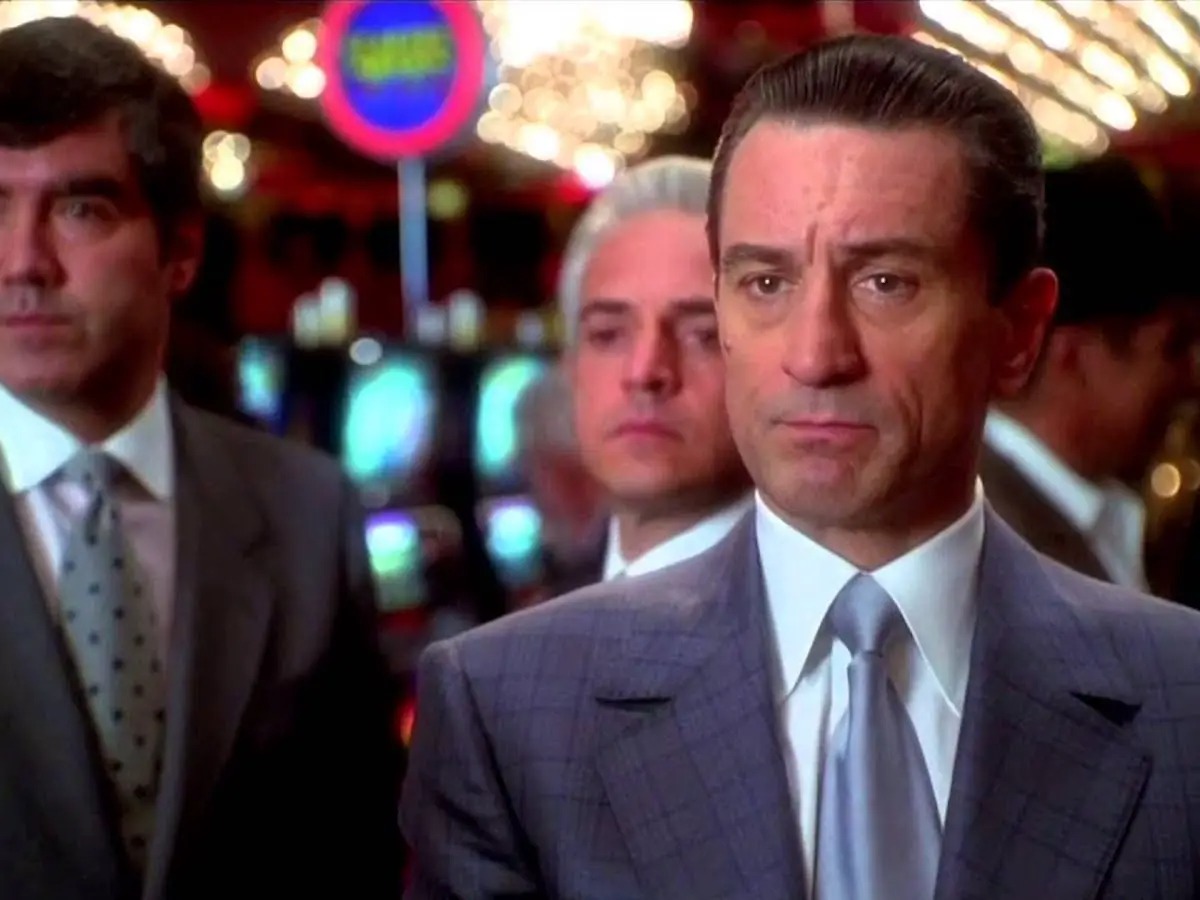





















































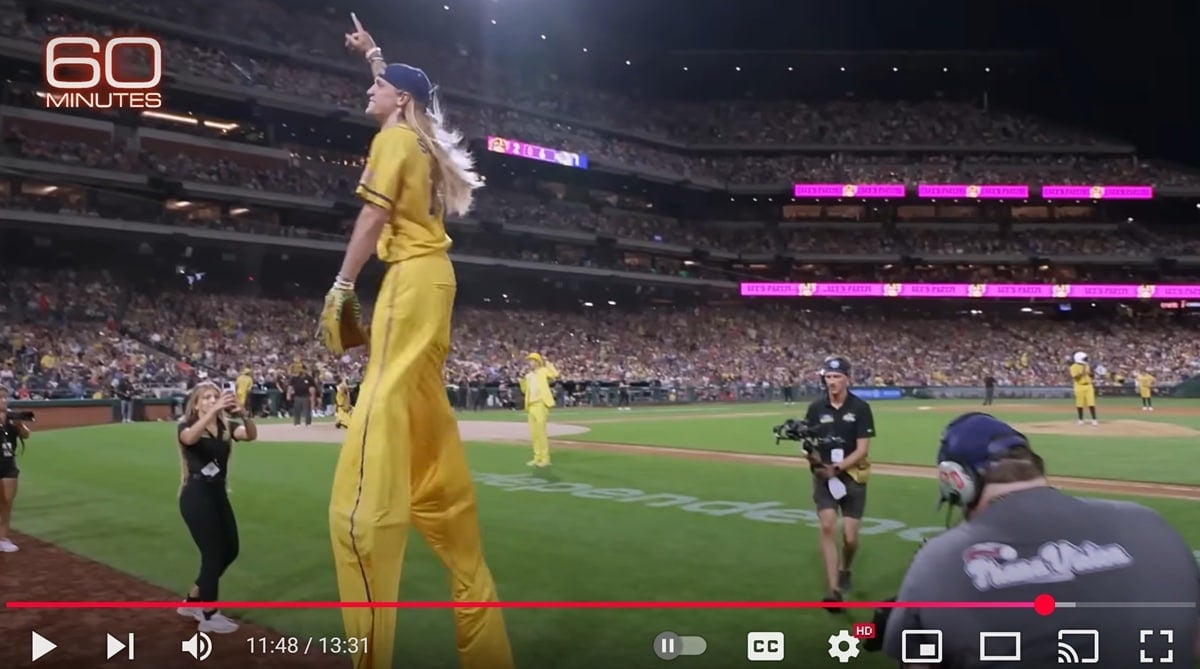




































































![“You’re Driving Too Slowly”: Delhi ATC Snaps At American Airlines Pilot, Sends Flight To Penalty Box [Roundup]](https://viewfromthewing.com/wp-content/uploads/2025/04/pilot-in-american-airlines-787-9-cockpit.jpg?#)










































